In recent years, the solar energy industry has witnessed significant advancements in technology, paving the way for more flexible and versatile solar solutions. One such innovation is the development of flexible solar cells, which offer exciting possibilities for applications in various industries. In this comprehensive guide, we will delve into the world of flexible solar cells, exploring their features, applications, benefits, and limitations. So, let’s embark on a journey to discover the power of these remarkable solar devices.
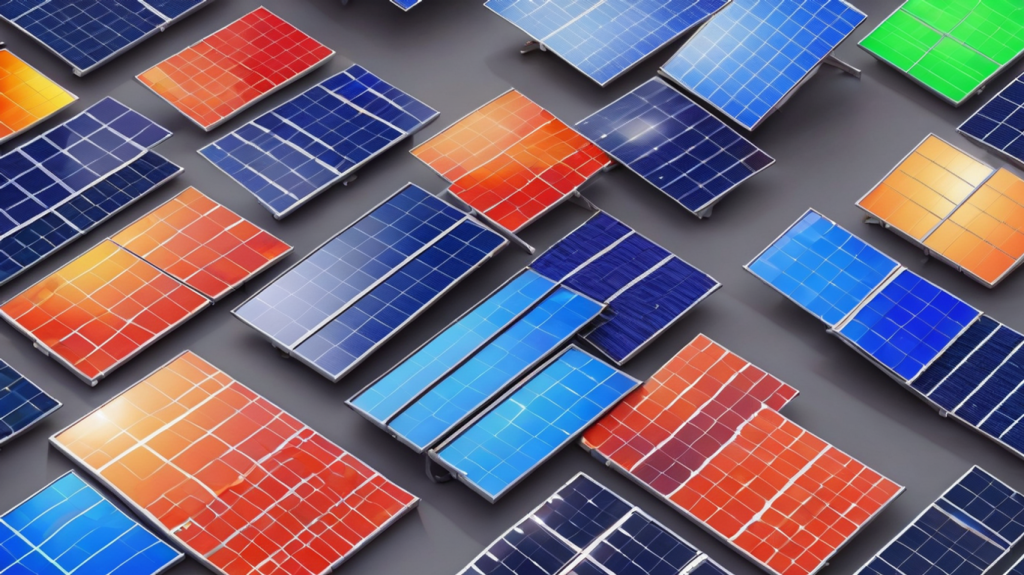
Table of Contents
- Understanding Flexible Solar Cells
- What are Flexible Solar Cells?
- How do Flexible Solar Cells Work?
- Types of Flexible Solar Cells
- Applications of Flexible Solar Cells
- Portable Solar Power for Outdoor Enthusiasts
- Powering Vehicles with Flexible Solar Cells
- Revolutionary Possibilities in Architecture
- Benefits of Flexible Solar Cells
- Lightweight and Portable Design
- Adaptability to Various Surfaces
- Enhanced Durability and Resistance
- Increased Efficiency in Low-Light Conditions
- Limitations of Flexible Solar Cells
- Lower Power Output Compared to Traditional Panels
- Reduced Longevity and Warranty Period
- Vulnerability to Environmental Factors
- Factors to Consider When Choosing Flexible Solar Cells
- Power Output and Efficiency
- Durability and Weather Resistance
- Installation and Application Compatibility
- Warranty and Customer Support
- Installation and Maintenance of Flexible Solar Cells
- Mounting Options and Considerations
- Wiring and Connection Guidelines
- Cleaning and Maintenance Tips
- Cost Analysis and Return on Investment
- Initial Investment and Payback Period
- Long-Term Savings and Maintenance
- Government Incentives and Rebates
- Future Trends and Innovations in Flexible Solar Cells
- Advancements in Thin-Film Technologies
- Integration with Smart Devices and Wearables
- Potential Applications in Buildings
- Conclusion: Embracing the Flexibility of Solar Power
- Top Brands in the Flexible Solar Cell Market
- References
- Frequently Asked Questions (FAQs)
- Are flexible solar cells as efficient as traditional panels?
- Can I install flexible solar cells on my RV or boat?
- How long do flexible solar cells last?
- What is the price range for flexible solar cells?
- Are there any safety concerns with flexible solar cells?
1. Understanding Flexible Solar Cells
What are Flexible Solar Cells?
Flexible solar cells, also known as thin-film solar cells, are a type of photovoltaic technology that allows for greater flexibility and versatility in their application. Unlike traditional rigid solar panels, flexible solar cells are made of lightweight materials and can be bent or curved to fit various surfaces. This flexibility opens up a wide range of possibilities for their use in both portable and stationary solar power systems.
How do Flexible Solar Cells Work?
Flexible solar cells operate on the same basic principle as traditional solar panels. They convert sunlight into electricity using the photovoltaic effect, where sunlight excites electrons in the solar cell’s semiconductor material, creating an electric current. However, the construction of flexible solar cells differs from rigid panels, utilizing thin layers of semiconducting materials that are deposited onto flexible substrates such as plastic or metal foils.
Types of Flexible Solar Cells
There are several types of flexible solar cells available in the market, each with its own unique characteristics and advantages. Some common types include:
- Amorphous Silicon (a-Si): These solar cells are made of non-crystalline silicon and can be deposited on flexible substrates, allowing for greater flexibility and lower manufacturing costs.
- Cadmium Telluride (CdTe): CdTe solar cells are made of a thin film of cadmium telluride, which offers high light absorption and conversion efficiency. They are often used in large-scale solar power plants.
- Copper Indium Gallium Selenide (CIGS): CIGS solar cells are known for their high efficiency and versatility. They can be deposited on flexible materials, enabling the production of lightweight and flexible solar panels.
- Organic Photovoltaic (OPV): OPV cells utilize organic materials, such as polymers or small molecules, to absorb and convert sunlight into electricity. They offer the potential for low-cost, printable solar cells.

These are just a few examples of the wide range of flexible solar cell technologies available, each with its own unique advantages and applications.
2. Applications of Flexible Solar Cells
Portable Solar Power for Outdoor Enthusiasts
Flexible solar cells have revolutionized portable solar power, providing outdoor enthusiasts with a reliable and lightweight energy source. Whether you’re camping, hiking, or exploring remote areas, portable solar panels made with flexible solar cells can be easily folded or rolled up for convenient transportation. They can be attached to backpacks, tents, or even worn as part of outdoor gear, allowing you to charge your electronic devices, power lights, or run small appliances wherever you go.
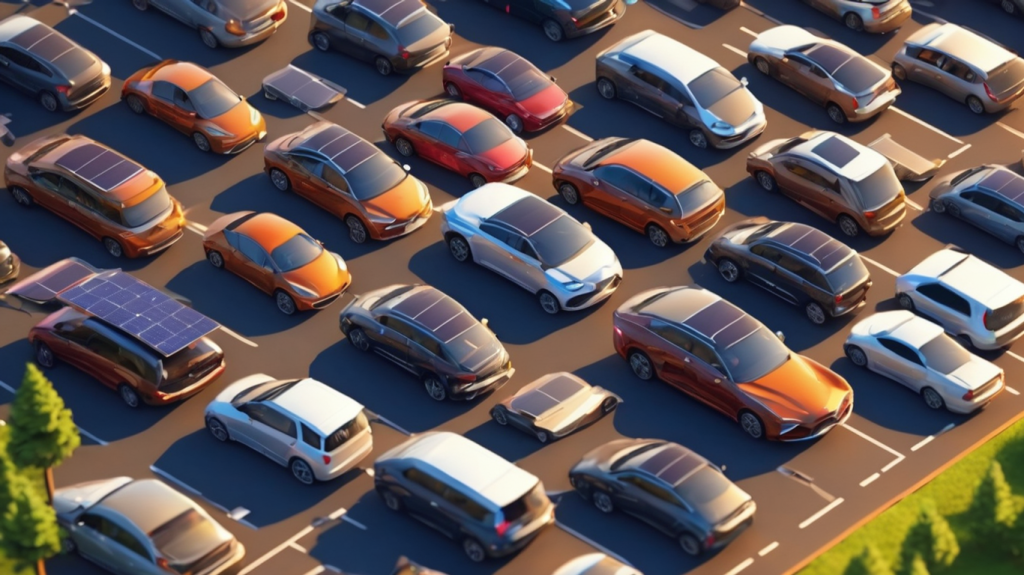
Powering Vehicles with Flexible Solar Cells
Flexible solar cells offer exciting possibilities for integrating solar power into vehicles. From RVs and boats to electric vehicles and drones, these lightweight and flexible panels can be seamlessly integrated into the design, providing a sustainable energy source. Solar-powered vehicles can benefit from the continuous generation of electricity, reducing reliance on fossil fuels and increasing their range and autonomy. Solar panels can be mounted on the roofs, hoods, or even the sails of boats, harnessing the power of the sun to propel you forward.
Revolutionary Possibilities in Architecture
Flexible solar cells present architects and designers with new opportunities to incorporate solar power into building design. Unlike traditional solar panels, which are limited to flat surfaces, flexible solar cells can be easily integrated into curved or irregular structures. Building facades, canopies, and even windows can be transformed into power-generating surfaces, allowing for sustainable energy production without compromising aesthetics. The versatility of flexible solar cells opens up exciting possibilities for creating energy-efficient and visually stunning architectural designs.
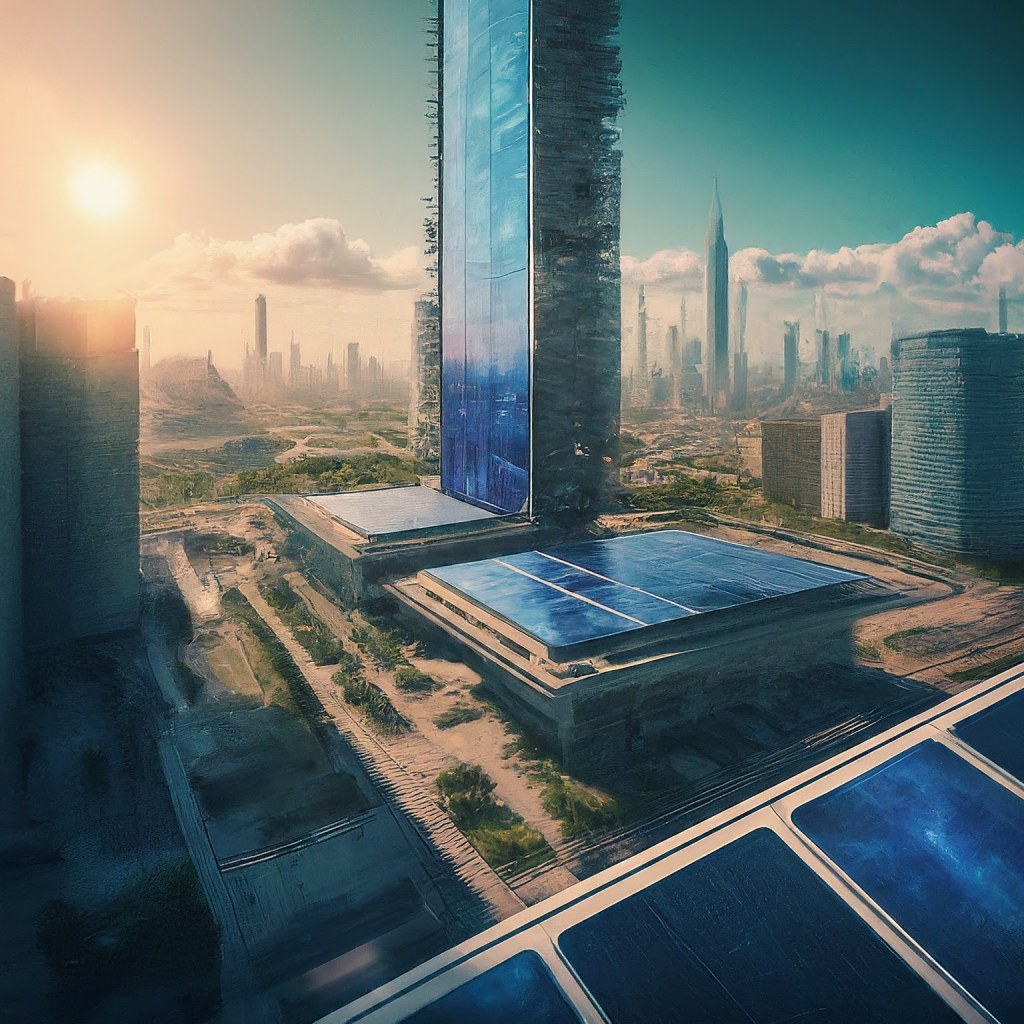
3. Benefits of Flexible Solar Cells
Lightweight and Portable Design
One of the notable benefit of flexible solar cells is their lightweight nature. Unlike traditional solar panels, which can be bulky and heavy, flexible solar cells are lightweight and portable. This portability makes them ideal for applications in remote areas, disaster relief efforts, and outdoor activities like camping or hiking. Their lightweight design also simplifies installation and reduces structural requirements, making them more cost-effective and efficient.
Adaptability to Various Surfaces
Another advantage of flexible solar cells is their ability to conform to various shapes and surfaces. Unlike rigid solar panels, flexible solar cells can be integrated into everyday objects and materials, opening up a world of possibilities for design and application. They can be easily incorporated into curved surfaces, such as building facades, vehicles, and even clothing. This design flexibility allows for seamless integration into our daily lives, making solar energy more accessible and aesthetically pleasing.
Enhanced Durability and Resistance
Flexible solar cells are designed to withstand various environmental conditions. They are typically made from durable materials such as thin films or polymers that offer high resistance to moisture, heat, and mechanical stress. This durability makes them suitable for challenging environments, including extreme temperatures and harsh weather conditions. Additionally, their ability to flex and bend without losing efficiency further enhances their resilience, making them ideal for applications where traditional solar panels may be impractical or vulnerable.
Increased Efficiency in Low-Light Conditions
Flexible solar cells have seen significant advancements in energy conversion efficiency in recent years. With the use of advanced materials and manufacturing techniques, these cells now have the potential to achieve efficiencies comparable to traditional solar panels in low light conditions. This means that more solar energy can be harvested from a given surface area, even inside of the building. Theerefore, higher energy efficiency of flexible solar cells also makes them an attractive option for indoor applications.
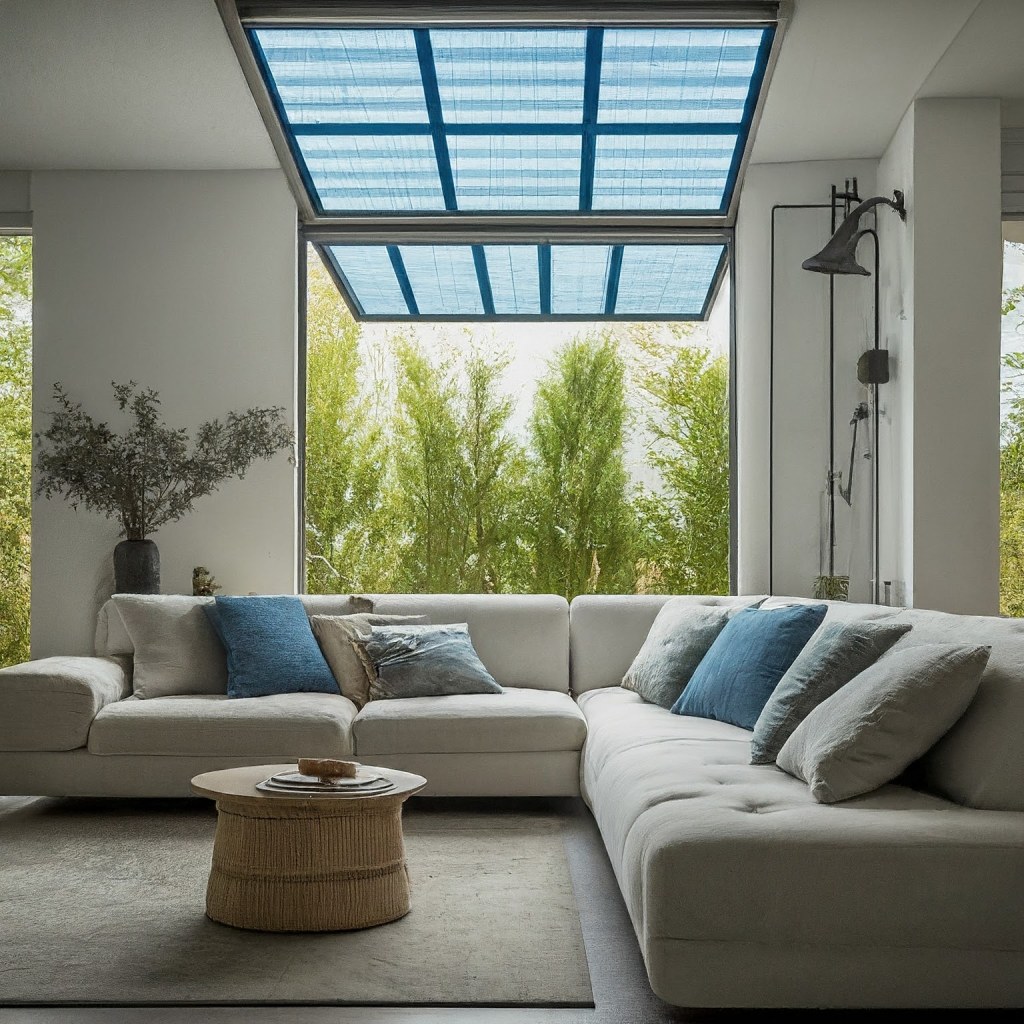
4. Limitations of Flexible Solar Cells
Lower Power Output Compared to Traditional Panels
One of the primary limitations of flexible solar cells is their relatively lower energy conversion efficiency compared to traditional rigid solar panels. Flexible solar cells often employ thin-film technologies, which tend to have lower efficiencies due to the limited thickness of the active material. While significant progress has been made in improving their efficiency, flexible solar cells still generally lag behind their rigid counterparts in terms of converting sunlight into usable electricity.
Vulnerability to Environmental Factors
Flexible solar cells are typically constructed using thin and delicate materials, which can make them more prone to damage and degradation over time. Unlike rigid solar panels that are protected by a sturdy glass or aluminum frame, flexible solar cells are more susceptible to wear and tear, especially in harsh environmental conditions. As a result, their overall durability and lifespan may be compromised, requiring more frequent maintenance and replacement.
Reduced Longevity and Warranty Period
Flexible solar cells, while offering many advantages, do have limitations when it comes to their longevity and warranty period. These often use thin and delicate materials that may be more susceptible to degradation over time. Exposure to UV radiation, moisture, temperature fluctuations, and mechanical stress can lead to material degradation, reducing the overall lifespan of the cells. This degradation can result in a decrease in efficiency and performance over time, ultimately affecting the longevity of the flexible solar cells. Due to the challenges associated with the longevity of flexible solar cells, manufacturers often offer shorter warranty periods compared to traditional rigid solar panels. While rigid panels may come with warranties ranging from 20 to 25 years, warranties for flexible solar cells are typically shorter, often ranging from 5 to 10 years. This limited warranty period may raise concerns for consumers who expect a longer lifespan for their solar energy systems.
5. Factors to Consider When Choosing Flexible Solar Cells
Power Output and Efficiency
The efficiency of a flexible solar cell refers to its ability to convert sunlight into electrical energy. Higher efficiency means more power generation from the same amount of sunlight. Consider the efficiency of the flexible solar cells you are considering and choose ones with higher efficiency to maximize power output.
Durability and Weather Resistance
Flexible solar cells should be able to withstand various environmental conditions, including temperature fluctuations, moisture, and UV exposure. Look for cells that are designed to be durable and have a long lifespan to ensure they can withstand the elements and provide reliable performance over time.
Installation and Application Compatibility
Cost is an important factor to consider when choosing flexible solar cells. Compare the prices of different brands and models, considering factors such as efficiency, durability, and warranty. Find a balance between cost and performance to ensure you get the best value for your investment. Consider the specific application or purpose for which you need the flexible solar cells. Different solar cells may be better suited for specific applications such as residential installations, portable power solutions, or commercial projects. Ensure the cells you choose align with your intended use and requirements.
Warranty and Customer Support
Check the warranty offered by the manufacturer and the level of customer support provided. A longer warranty period and reliable customer support can give you peace of mind and assurance of the product’s quality.
6. Installation and Maintenance of Flexible Solar Cells
Mounting Options and Considerations
Flexible solar cells can be mounted using various methods, such as adhesive backing, grommets, or specialized brackets. Choose the mounting option that is suitable for your specific application and ensures proper alignment and secure attachment. Also consider the orientation and positioning of the flexible solar cells to maximize exposure to sunlight. Depending on your location and the available space, you may need to adjust the tilt angle or direction to optimize energy generation. Before installation, make sure the surface where the flexible solar cells will be mounted is clean, smooth, and free from any debris or obstructions. This helps maximize adhesion and ensures a secure attachment.
Wiring and Connection Guidelines
Proper wiring and connections are crucial for the efficient operation of flexible solar cells. Follow the manufacturer’s guidelines and ensure correct polarity and tight connections to minimize power losses and potential issues.
Cleaning and Maintenance Tips
Maintenance of flexible solar cells is essential to ensure their longevity and continued performance. Here are some maintenance tips:
- Regular Cleaning: Clean the surface of the flexible solar cells periodically to remove any dirt, dust, or debris that can reduce their efficiency. Use a soft cloth or sponge and a mild detergent solution. Avoid abrasive materials that can scratch the surface.
- Inspections: Regularly inspect the flexible solar cells for any signs of damage, such as tears, cracks, or delamination. Address any issues promptly to prevent further damage and ensure proper functioning.
- Monitoring Performance: Keep track of the energy production of your flexible solar cells to detect any significant drops in output. Monitoring systems can help identify potential issues and allow for timely maintenance or repairs.
- Protection from Harsh Conditions: If installed in areas with harsh weather conditions, consider adding protective measures such as coatings or covers to shield the flexible solar cells from excessive heat, moisture, or UV exposure.
7. Cost Analysis and Return on Investment
Initial Investment and Payback Period
Determine the total cost of purchasing and installing the flexible solar cell system, including the cost of solar panels, inverters, mounting equipment, and installation labor. Calculate the payback period by dividing the total savings on electricity bills over the system’s lifespan by the initial investment cost. This will give you an indication of how long it will take to recoup your investment and start realizing net savings
Long-Term Savings and Maintenance
Estimate the energy production potential of the flexible solar cells based on factors like the system’s capacity, location, orientation, and shading. This information can be obtained from solar calculators or consulting with solar experts. Calculate the potential savings on electricity bills by considering the amount of energy the system can generate and the prevailing electricity rates in your area. This analysis can help determine the payback period for the initial investment. Consider the lifespan of the flexible solar cells and factor in any maintenance or replacement costs over time. Flexible solar cells may require more frequent maintenance compared to rigid panels, so account for these costs in your analysis.
Government Incentives and Rebates
Research and factor in any available government incentives, tax credits, or rebates for installing solar systems. These incentives can significantly reduce the upfront costs and enhance the return on investment.
8. Future Trends and Innovations in Flexible Solar Cells
Advancements in Thin-Film Technologies
Researchers are constantly working on developing new materials and technologies to increase the efficiency of flexible solar cells. This includes exploring novel materials, such as perovskites, that have shown great potential in achieving higher conversion efficiencies. Thin-film technologies, such as CIGS (copper indium gallium selenide) and CdTe (cadmium telluride), are also gaining attention in the flexible solar cell market. These technologies offer advantages such as lightweight and flexible form factors, high efficiency, and potential for low-cost manufacturing.
Integration with Smart Devices and Wearables
The integration of flexible solar cells into everyday objects is an emerging trend. This includes solar-powered wearable devices, solar textiles, and solar panels integrated into building materials like windows and facades. The ability to seamlessly incorporate solar cells into various surfaces and objects opens up new possibilities for solar energy generation.
Potential Applications in Buildings
Flexible solar cells offer a range of potential applications in buildings, allowing for the integration of solar energy generation into various architectural elements. Some potential applications include:
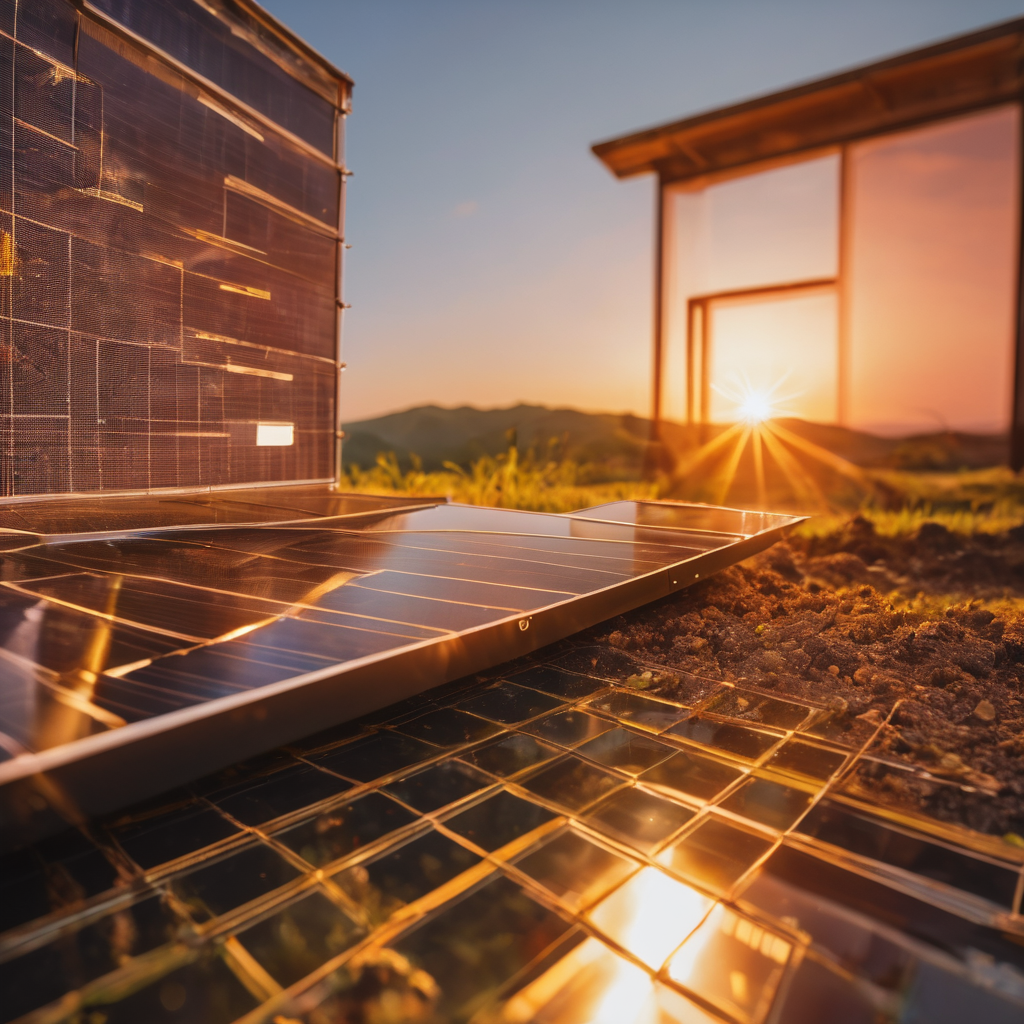
- Building-Integrated Photovoltaics (BIPV): Flexible solar cells can be integrated into building materials such as windows, facades, and roofs. This enables the building envelope itself to generate clean energy, reducing reliance on traditional power sources and lowering carbon emissions.
- Solar Shading: Flexible solar cells can be incorporated into shading devices such as louvers, blinds, or canopies. These shading systems not only provide shade and reduce solar heat gain but also generate electricity, further enhancing the building’s energy efficiency.
- Portable Power Solutions: Flexible solar cells can be used to create portable solar panels that can be easily transported and deployed in outdoor spaces or remote areas. These panels can provide power for lighting, charging devices, or running small appliances, making them ideal for camping, outdoor events, or emergency situations.
- Solar Roofing Tiles: Flexible solar cells can be integrated into roofing tiles, enabling buildings to generate electricity without the need for traditional solar panels. This offers a visually appealing and seamless solution for solar energy generation, enhancing the aesthetics of the building.
- Solar Canopies and Awnings: Flexible solar cells can be incorporated into canopies and awnings, providing shade while simultaneously generating clean energy. These structures can be installed in outdoor spaces, such as parking lots or recreational areas, and serve a dual purpose of providing shelter and generating electricity.
- Energy-Generating Windows: Transparent or translucent flexible solar cells can be used in windows, allowing natural light to pass through while simultaneously capturing solar energy. This integration can help buildings become more self-sufficient in terms of energy generation and reduce the reliance on external power sources.
9. Conclusion: Embracing the Flexibility of Solar Power
Flexible solar power is a canvas for creativity, an invitation to reimagine our relationship with the sun. Artists drape buildings in vibrant photovoltaic murals, their art shimmering with captured sunlight. Architects weave solar threads into building fabrics, where every surface sings with the sun’s song. Engineers envision self-powered cities, pulsing with a life force independent of fossil fuels. The embrace of flexibility is not without its challenges. Concerns about safety, material lifespan, and responsible disposal must be addressed with care and innovation. Yet, the potential rewards far outweigh the risks. As we move forward, let us remember that embracing the sun’s embrace requires not just technological advancements but also a shift in mindset. We must shed the rigid constraints of the past and dance with the sun’s capricious nature, bending to its will, harnessing its power with the grace of a willow in the breeze. For in the embrace of flexibility lies not just clean energy, but a symphony of possibility, a future powered by the sun’s endless grace.

10. Top Brands in the Flexible Solar Cell Market
Here are some of the top brands in the flexible solar cell market:
- SunPower: SunPower is a leading solar energy company that offers high-efficiency flexible solar panels. Their Maxeon® solar cells are known for their durability and performance, making them a popular choice for residential and commercial applications.
- Hanergy: Hanergy is a global clean energy company that specializes in thin-film solar technology. They produce flexible solar cells that are lightweight and can be integrated into various applications, including portable chargers, flexible modules, and building-integrated photovoltaics (BIPV).
- Solbian: Solbian is a renowned manufacturer of flexible solar panels for marine and outdoor applications. Their high-efficiency panels are lightweight, durable, and designed to withstand harsh conditions, making them suitable for boats, yachts, and other marine environments.
- PowerFilm Solar: PowerFilm Solar is a leading manufacturer of flexible solar modules. They offer a range of lightweight and portable solar panels that are ideal for applications such as camping, hiking, and off-grid power solutions.
- MiaSolé: MiaSolé is known for its thin-film, flexible solar modules. Their innovative technology enables high efficiency and flexibility, allowing for easy integration into various surfaces and applications.
- Flisom: Flisom is a Swiss company that specializes in flexible CIGS (copper indium gallium selenide) solar modules. Their lightweight and flexible modules are designed for applications such as building-integrated photovoltaics, transportation, and portable power solutions.
- Alta Devices: Alta Devices is a leading manufacturer of highly efficient, flexible gallium arsenide (GaAs) solar cells. Their lightweight and flexible modules are designed for applications where weight and efficiency are critical, such as aerospace, unmanned aerial vehicles (UAVs), and the Internet of Things (IoT).
11. References
Important References for Information on Flexible Solar Cells:
Academic Articles:
- Review and perspective of materials for flexible solar cells: https://www.sciencedirect.com/science/article/pii/S266693582030001X
- Flexible solar cells based on foldable silicon wafers with blunted edges: https://www.nature.com/articles/s41586-023-05921-z
- Analyzing the Effectiveness of Flexible Solar Cells: https://onlinelibrary.wiley.com/doi/abs/10.1002/aenm.201901363
- Flexible photovoltaic system on non-conventional surfaces: A techno-economic analysis: https://onlinelibrary.wiley.com/doi/abs/10.1002/aenm.201970145
Books:
- Flexible Solar Cells: Technology and Applications by Ajay Kumar and Chandra Bhushan
- Organic Photovoltaics: Materials, Devices, and Applications by Li Yang
Websites:
- National Renewable Energy Laboratory (NREL): https://www.nrel.gov/
- International Energy Agency (IEA): https://www.iea.org/
- Solar Energy Industries Association (SEIA): https://www.seia.org/
- Flexible Solar Panels Guide: https://www.solarpowerauthority.com/
- Renogy: https://www.renogy.us/
- BougeRV: https://www.bougerv.com/
- ECO-WORTHY: https://www.eco-worthy.com/
12. Frequently Asked Questions (FAQs)
Are flexible solar cells as efficient as traditional panels?
Flexible solar cells typically have lower efficiency compared to traditional rigid solar panels. Traditional solar panels, often made of crystalline silicon, can achieve higher efficiencies ranging from 18% to 22% or more. On the other hand, flexible solar cells, typically made of thin-film materials like amorphous silicon or organic polymers, have efficiencies ranging from 8% to 12%. However, it’s important to note that efficiency is not the only factor to consider when evaluating the performance of flexible solar cells. Flexible solar cells offer advantages in terms of lightweight, versatility, and ease of integration into various surfaces. They are particularly useful in applications where weight, shape, or flexibility is important, such as curved structures, wearable devices, or portable power solutions. Additionally, ongoing research and advancements in flexible solar cell technology are continuously improving their efficiency. While they may not currently match the efficiency of traditional panels, their unique characteristics and potential for integration into different applications make them valuable in specific contexts.
Can I install flexible solar cells on my RV or boat?
Yes, flexible solar cells can be installed on RVs (recreational vehicles) and boats, making them an excellent option for mobile power generation. The lightweight and flexible nature of these solar cells make them ideal for curved surfaces, such as the roof of an RV or the deck of a boat. Installing flexible solar cells on your RV or boat allows you to harness solar energy and reduce reliance on external power sources. It provides a sustainable and convenient way to power your appliances and devices while on the move
Here are a few things to consider when installing flexible solar cells on your RV or boat:
Determine Power Needs: Assess your power requirements to determine how many flexible solar cells you will need. Consider factors such as the appliances, electronics, and equipment you’ll be running on solar power.
Roof or Deck Space: Identify a suitable area on the roof of your RV or the deck of your boat for installing the solar panels. Ensure that it receives sufficient sunlight throughout the day without any shading.
How long do flexible solar cells last?
The lifespan of a flexible solar cell depends on several factors, but generally, you can expect them to last anywhere between 5 to 15 years, compared to the 25-40 years of rigid solar panels.
Here’s a breakdown of what influences their lifespan:
Frequency of movement: Flexible panels are often used in situations where they’re rolled up, bent, or moved around frequently. This constant flexing puts stress on the materials and can lead to quicker degradation. If you plan to keep your panels mounted in one place, you can expect them to last closer to 15 years. However, if you’re constantly taking them on and off your RV or boat, their lifespan could be closer to 5 years.
Quality of materials: The materials used in the panel also play a role. Higher-quality panels with more durable polymers and protective coatings will naturally last longer than cheaper options.
Environmental factors: Exposure to extreme weather conditions like intense sunlight, high temperatures, and heavy snow can degrade the panels over time. Choosing panels specifically designed for your climate can help extend their lifespan.
Warranty: Most flexible solar panels come with warranties ranging from 1 to 5 years. This usually guarantees a minimum power output during that period, although it doesn’t necessarily mean the panel won’t function beyond that.
What is the price range for flexible solar cells?
he price range for flexible solar cells can vary quite a bit depending on several factors, but here’s a general overview:
Wattage:
- 100W panels: You can find 100-watt flexible solar panels for as low as $50-60, though most options range between $70-$150.
- Higher wattage panels: The price per watt generally decreases as wattage increases. For example, while a 100W panel might cost $1 per watt, a 200W panel might be closer to $0.75 per watt. This means 200W panels typically range between $150-$250, and 300W panels around $225-$375.
Brand and quality:
- Reputable brands: Renogy, BougeRV, and ECO-WORTHY are some well-known brands offering quality flexible panels at moderate prices. Expect to pay in the $100-$250 range for 100W panels and $150-$300+ for higher wattages.
- Budget options: Less established brands or lesser-known manufacturers might offer cheaper alternatives, sometimes as low as $50-$70 for 100W panels. However, be cautious as quality and efficiency might be compromised.

Additional factors:
- Monocrystalline vs. amorphous silicon: Monocrystalline panels are generally more efficient and durable but also more expensive than amorphous silicon panels.
- Kits vs. individual panels: Buying a kit that includes mounting hardware and a charge controller can be convenient but is usually pricier than purchasing individual panels separately.
Here are some resources to help you find flexible solar cells at different price points:
- Amazon: A wide selection of flexible solar panels from various brands and price ranges.
- Renogy: Offers high-quality flexible panels with good warranties, typically in the $100-$300+ range.
- BougeRV: Specializes in flexible solar panels with innovative features, often priced around $150-$300+.
- ECO-WORTHY: Offers cost-effective flexible panel options, sometimes starting as low as $50-$70.
Are there any safety concerns with flexible solar cells?
While flexible solar cells offer undeniable advantages, there are some safety concerns you should be aware of:
Electrical hazards:
- Shock and electrocution: Like any electrical system, improper installation or damage can lead to potential shock or electrocution if live wires are exposed. Ensure professional installation and proper maintenance to minimize this risk.
- Arc faults: Similar to other electrical systems, arc faults, high-energy discharges between conductors, can occur due to loose connections, damaged wires, or environmental factors. These can trigger fires, so proper connections and regular inspection are crucial.
Material concerns:
- Toxic chemicals: Some types of flexible solar cells, particularly CdTe and CIGS, use potentially toxic materials like cadmium. While the risk for users is minimal if the panel remains intact, proper disposal and avoiding damage are important.
- Fire hazards: Though uncommon, damaged or poorly ventilated flexible panels can overheat and become a fire risk, especially under extreme temperatures. Proper installation and ventilation are key to ensuring safety.
Environmental impact:
- Disposal challenges: As with any solar panel, disposal of flexible ones needs proper handling due to their hazardous materials. Find recycling programs or certified disposal facilities specifically for solar panels.
- Potential leaching: Over time, especially in damaged panels, some materials may leach into the environment. Choose high-quality panels and ensure proper installation to minimize this risk.
Additional safety considerations:
- Physical hazards: Flexible panels can be tripped over or cause injuries if not secured properly. Securely mount them and ensure clear pathways around them.
- Weather effects: Strong winds, hail, or heavy snow can damage panels if not properly secured. Choose panels and mounting systems suitable for your local climate.


Leave a comment